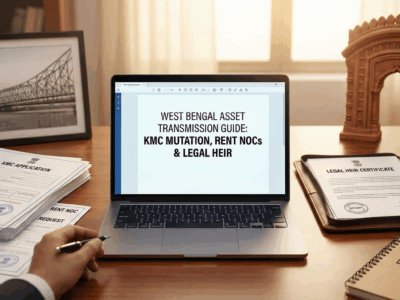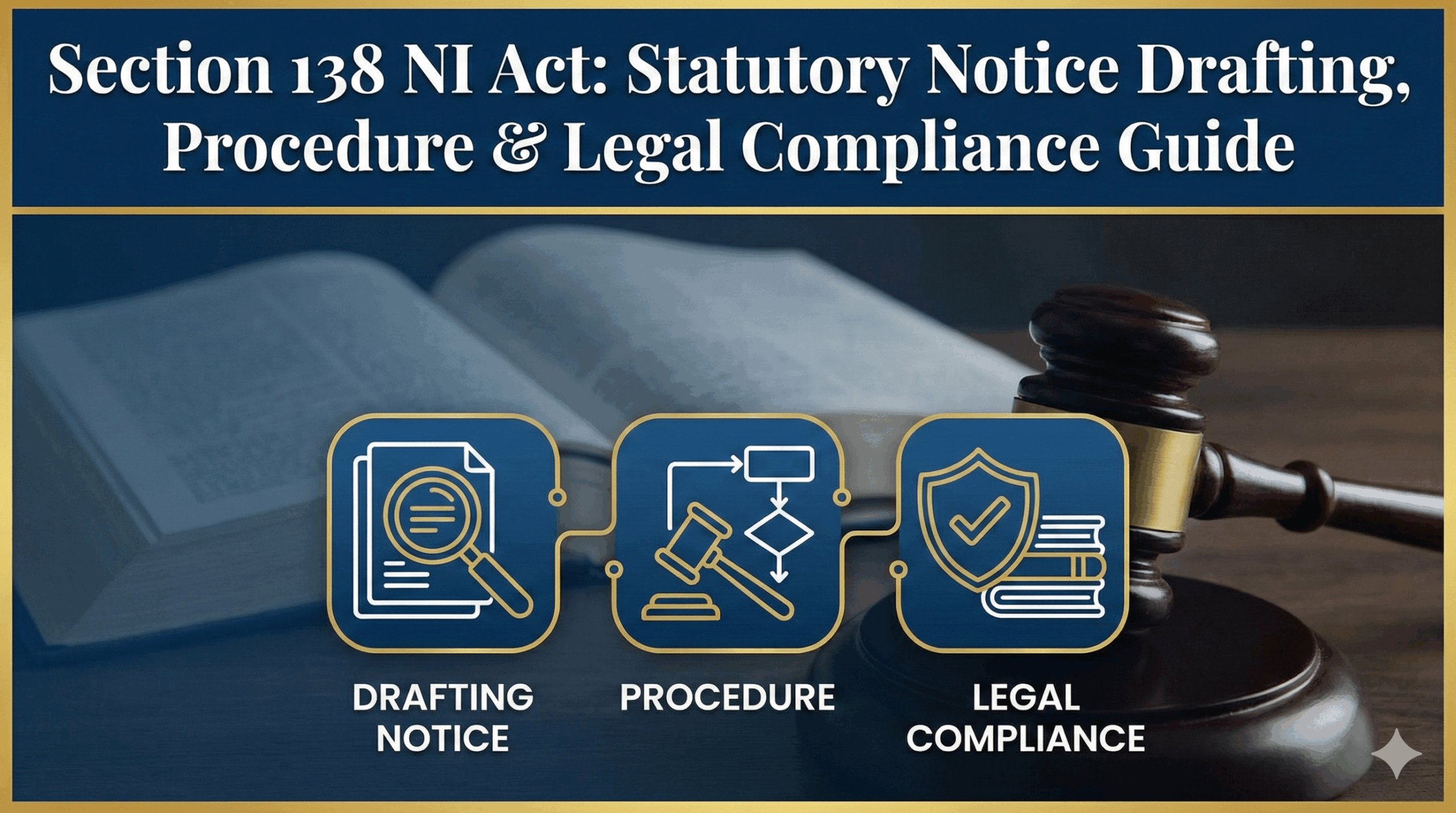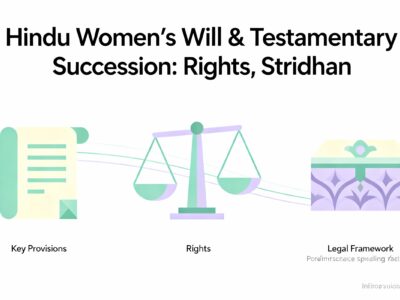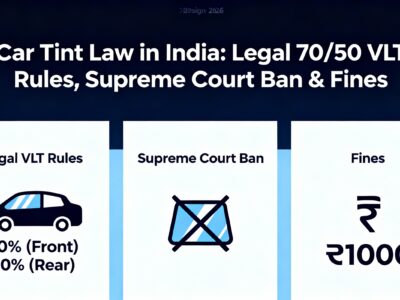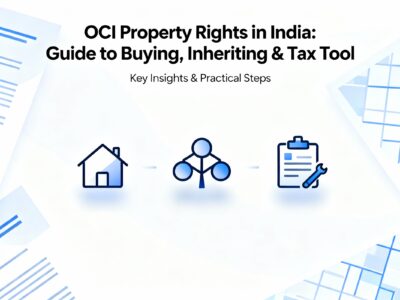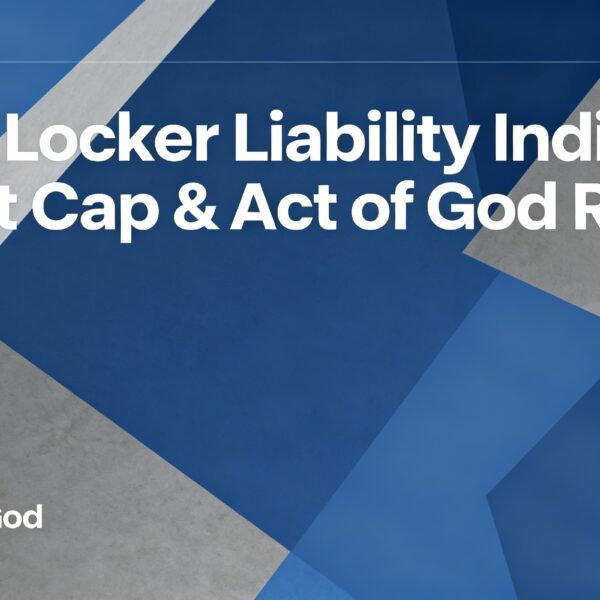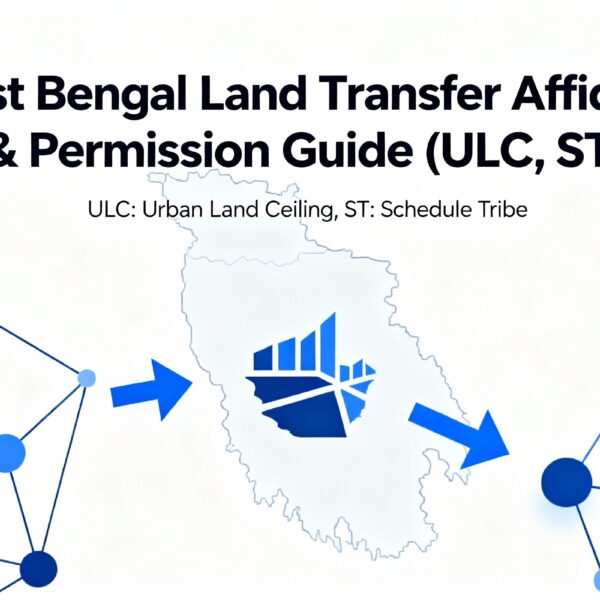Is your inactive Limited Liability Partnership (LLP) becoming a financial drain? With penalties for non-compliance at ₹100 per day, per form, with no upper limit, formally closing a defunct LLP isn’t just an option—it’s a critical financial decision.
Navigating the LLP closure process can be complex, with two distinct paths—a simplified Strike-Off for defunct LLPs or a Formal Voluntary Liquidation for those with assets and liabilities. The choice is dictated by your LLP’s financial standing, and getting it wrong can lead to rejection and costly delays. This landscape has been transformed by the 2024 MCA amendments, which mandate all strike-off applications (Form 24) be processed through the new centralized Centre for Processing Accelerated Corporate Exit (C-PACE). A “first-time-right” approach is now more crucial than ever.
This comprehensive guide demystifies the entire process. We provide a step-by-step breakdown of both closure methods, interactive timelines, a realistic analysis of costs, a checklist to avoid common C-PACE rejections, and ready-to-use draft legal documents to help you achieve a clean and compliant exit.
Voluntary Liquidation of an LLP: Post-2023 MCA Amendments Simplified
A comprehensive guide to navigating the closure of a Limited Liability Partnership in India, updated for the 2024 C-PACE framework. Understand the process, costs, and timelines to ensure a clean, compliant exit.
Why Formal Closure is Non-Negotiable
Closing an LLP isn't just about ceasing operations. An inactive LLP remains liable for all annual compliances. Failure to file Form 8 and Form 11 attracts a penalty of ₹100 per day, per form, with no upper limit. Formal closure is the only way to mitigate this risk.
Winding Up
The complete process of ending an LLP's life. It involves selling all assets, paying off all liabilities, and distributing any surplus to partners. The LLP exists legally until this process is complete.
Strike-Off (Fast-Track Exit)
A simplified, faster route for defunct LLPs with no assets or liabilities. The LLP's name is simply "struck off" the MCA register. This is now handled by the centralized C-PACE authority.
Dissolution
The final act. This is the official termination of the LLP's legal existence, which occurs after either the winding-up process is completed (via NCLT order) or the strike-off is approved by the Registrar.
Which Path is Right for Your LLP?
Your LLP's financial situation dictates the closure method. This is not a choice but a legal requirement. Compare the two paths to determine your correct course of action.
| Basis of Difference | Strike-Off (via Form 24) | Formal Voluntary Liquidation |
|---|---|---|
| Applicability | Defunct LLPs with no assets or liabilities, inactive for at least 1 year. | Solvent LLPs with assets and liabilities to be settled. |
| Key Pre-requisites | NIL balance sheet, all bank accounts closed, all overdue returns filed. | Declaration of Solvency, ability to pay all debts within 1 year. |
| Timeline | Approx. 2-4 months | Can take over 1 year |
| Key Authority | C-PACE (Centralized) | NCLT (Tribunal) |
The C-PACE Revolution: A New Era for Strike-Offs
Effective August 27, 2024, all applications for LLP strike-off (Form 24) are processed by the centralized **Centre for Processing Accelerated Corporate Exit (C-PACE)**. This replaces the old system of filing with state-level Registrars.
What does this mean for you?
- Standardized Process: A uniform, technology-driven system across India, removing local discretion and delays.
- Emphasis on Accuracy: The faceless, accelerated nature of C-PACE means there's little room for error. Your application must be flawless from the start.
- First-Time-Right Approach: The responsibility is on the applicant to ensure every document and declaration is perfect before submission. An incomplete application is likely to be rejected outright.
Interactive Pre-Filing Checklist for Strike-Off
The new C-PACE system demands a "first-time-right" application. Use our interactive checklist to ensure you've covered all mandatory prerequisites before filing Form 24.
Common C-PACE Objections & How to Avoid Them
Anticipate and resolve potential issues before you file. Here are the most common reasons Form 24 applications are rejected and the proactive steps to ensure success.
| Potential Objection | Why it Happens | Proactive Mitigation Step |
|---|---|---|
| Pending Annual Filings | MCA system shows overdue Form 8 or Form 11. | Must Do: Check LLP Master Data on MCA portal. File ALL pending forms with late fees before starting. |
| Active Bank Account | The mandatory bank closure certificate is missing or invalid. | Must Do: Formally close every bank account. Obtain a clear closure certificate stating the account number and date of closure. |
| Outdated CA Statement | The statement of NIL assets/liabilities is dated more than 30 days before filing Form 24. | Must Do: Coordinate with your CA to get the statement certified immediately before you plan to file the form. |
| Improper Affidavits | Affidavits or indemnity bonds are not notarized, are on incorrect stamp paper, or have incorrect wording. | Must Do: Use a legally vetted template. Ensure correct stamp paper value for your state and proper notarization. |
Visualizing the Closure Timelines
Understand the sequence and estimated duration of each step. Use the tabs below to switch between the fast-track Strike-Off process and the more complex Formal Liquidation.
The Formal Liquidation Process: A Step-by-Step Guide
For LLPs with assets and liabilities, a formal liquidation is mandatory. This is a detailed, multi-stage process involving partners, creditors, a liquidator, and the NCLT.
The process begins with the partners formally agreeing to wind up and declaring that the LLP can pay its debts.
- Pass Resolution: A resolution to wind up is passed by at least a 75% majority of partners.
- Declaration of Solvency: Designated Partners must sign an affidavit (Form 2) declaring the LLP can pay all debts within 1 year. This is supported by a CA-certified Statement of Assets & Liabilities (Form 4) and a Registered Valuer's report.
- Critical Filing: The Declaration (Form 2) must be filed with the Registrar in e-Form 3 *before* passing the resolution. The resolution itself is then filed in e-Form 1 within 30 days.
If the LLP has creditors, their approval is mandatory to proceed.
- Obtain Consent: The winding-up resolution must be approved by creditors representing two-thirds (2/3) in value of the LLP's total debt.
- File Decision: The creditors' decision is filed with the Registrar in e-Form 5.
- Public Advertisement: A public notice of the winding-up resolution must be published in a newspaper within 14 days of receiving creditor consent.
An Insolvency Professional takes control to manage the winding-up process.
- Appointment: An LLP Liquidator (an Insolvency Professional) is appointed by the partners and approved by the creditors.
- Taking Control: The Liquidator takes custody of all assets, sells them, settles claims with creditors, and prepares reports.
- Reporting: The Liquidator files various forms with the Registrar, including notice of their appointment (Form 7) and quarterly progress reports (Form 8).
The final step is getting a formal dissolution order from the National Company Law Tribunal (NCLT).
- Final Report: Once all affairs are settled, the Liquidator prepares a final report (Form 9) and gets it approved in a final meeting of partners/creditors.
- Application to NCLT: The Liquidator files an application with the NCLT for dissolution, along with the final report.
- NCLT Order: If satisfied, the NCLT passes a dissolution order. A copy of this order is filed with the Registrar in e-Form 11.
- Official Dissolution: The Registrar publishes the notice in the Official Gazette, and the LLP legally ceases to exist.
A Realistic Breakdown of Costs
Financial planning is key. Here’s an infographic detailing the estimated costs for both closure methods. Note that late filing fees for past non-compliance are not included and can be substantial.
Strike-Off (Form 24)
₹15k - ₹35k
(excluding late fees)
MCA Statutory Fees
₹500 - ₹1,000
Professional & CA Fees
₹12,000 - ₹30,000
Ancillary Costs
₹500 - ₹2,000
(Stamp Duty & Notary)
Formal Voluntary Liquidation
₹1L - ₹3L+
(highly variable)
Liquidator's Remuneration
Highly Variable
(% of assets or fixed fee)
Professional & Valuer Fees
₹65,000 - ₹2,00,000+
Ancillary Costs
₹20,000 - ₹30,000+
(Ads, Stamp Duty, NCLT)
Practical Toolkit & Drafts
To help you get started, here are essential draft documents. Use the copy button for easy access. Always consult with a professional before finalizing any legal document.
Draft Minutes of Partners' Meeting
A template for the board resolution required to initiate a formal voluntary liquidation.
**CERTIFIED TRUE COPY OF THE RESOLUTION PASSED AT THE MEETING OF THE PARTNERS OF [FULL NAME OF LLP] (LLPIN: [LLPIN]) HELD ON [DATE], AT [TIME], AT THE REGISTERED OFFICE OF THE LLP AT [FULL ADDRESS].**
**RESOLVED THAT** pursuant to Section 63 of the LLP Act, 2008, and the relevant rules, the consent of the partners is hereby accorded to voluntarily wind up the affairs of the LLP.
**RESOLVED FURTHER THAT** the Declaration of Solvency, stating the LLP has no debts or will be able to pay its debts in full within one year, as placed before the meeting, be and is hereby approved.
**RESOLVED FURTHER THAT** Mr./Ms. [Name of Liquidator], an Insolvency Professional (IBBI Reg. No.: [Number]), be and is hereby appointed as the LLP Liquidator for conducting the winding up, subject to the approval of creditors, if any.
**RESOLVED FURTHER THAT** any Designated Partner is authorized to file all necessary forms and documents with the Registrar and/or NCLT to give effect to these resolutions.
